Log in or create new account to save this product to your wishlist.
Chafer Grubs in your Lawn? This is how to tackle them!
Is your lawn developing bald spots? Perhaps you've got an infestation of chafer grubs?
Latest articles
7 MIN 22 Jul How to keep your lawn in shape this summer 9 MIN 15 Jul Watering Your Garden: 10 Top Tips! 11 MIN 15 Jul Is Your Grass Type Right for your Garden? 11 MIN 10 Sep Create Your Low-Maintenance Garden – Tips and Ideas 11 MIN 08 Sep The Ultimate Guide to Choosing the Perfect Hedges for Your Garden 12 MIN 30 Aug The Top 20 Evergreen Climbers to Transform Your GardenThere are several signs that all is not right with your lawn. Chafer grubs leave distinctive tell-tale signs.
One day your lawn looks lush and green and healthy, and then the next, yellow spots appear. The grass begins to die in patches, and you find that birds are flocking to your lawn.
There are several reasons why yellow circles appear on your lawn – from chafer grubs and leatherjackets to fox urine. But the real telltale sign that your grass has become infested with bugs is the sudden appearance of birds pecking on your lawn for wholesome treats.
Sure, we might not want to chomp away on a little squidgy grub, but birds find them irresistible. And if you do have chafer grubs, you’ll know all about it because your lawn will suddenly start dying off.
This article is all about the chafer grub. What do chafer grubs turn into? What do they look like? Are chafer bugs bad? And how do you get rid of these grass-eating insects? All will be answered in our ultimate guide to the chafer bug.
Ready? Let’s get started.
What is a beetle?
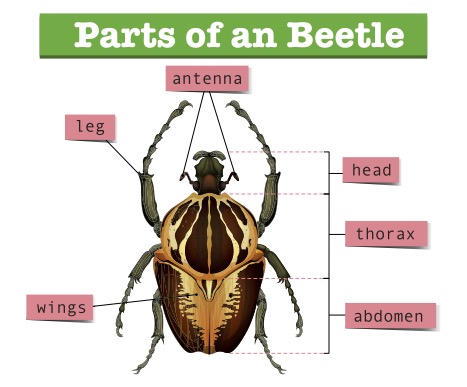
It seems like an odd question, but how many of us could answer that question confidently?
A beetle is an insect with six jointed legs. They have a head (obviously), a thorax (between the head and the abdomen), and an abdomen. And their “soft” body is protected by an exoskeleton (a rigid external protective shell-like covering).
Beetles have compound eyes, as well as a pair of antennae.
Beetles are most clearly differentiated by their two pairs of wings – hardened outer wings and flight wings beneath.
What are chafer grubs?
A grub is the larval form of an insect. In the case of chafer grubs, it’s the stage of the lifecycle of the chafer beetle, during which time they eat voraciously.
A chafer beetle (sometimes known as the June Beetle or June Bug) is a leaf beetle and starts life underground as a grub. Other types of leaf beetles commonly found in the UK are:
- Rose chafer
- Rosemary beetle
- Rainbow leaf beetle
- Ladybirds
- Green tiger beetle
- Stag beetle
- Cockchafer beetle (or May bug)
Beetles in their adult form aren’t always harmful to your lawn (but they might eat their way through your veg patch!). But the larval form of the chafer grub, in particular, can decimate your beautiful lawn, feeding on the roots of your grass.
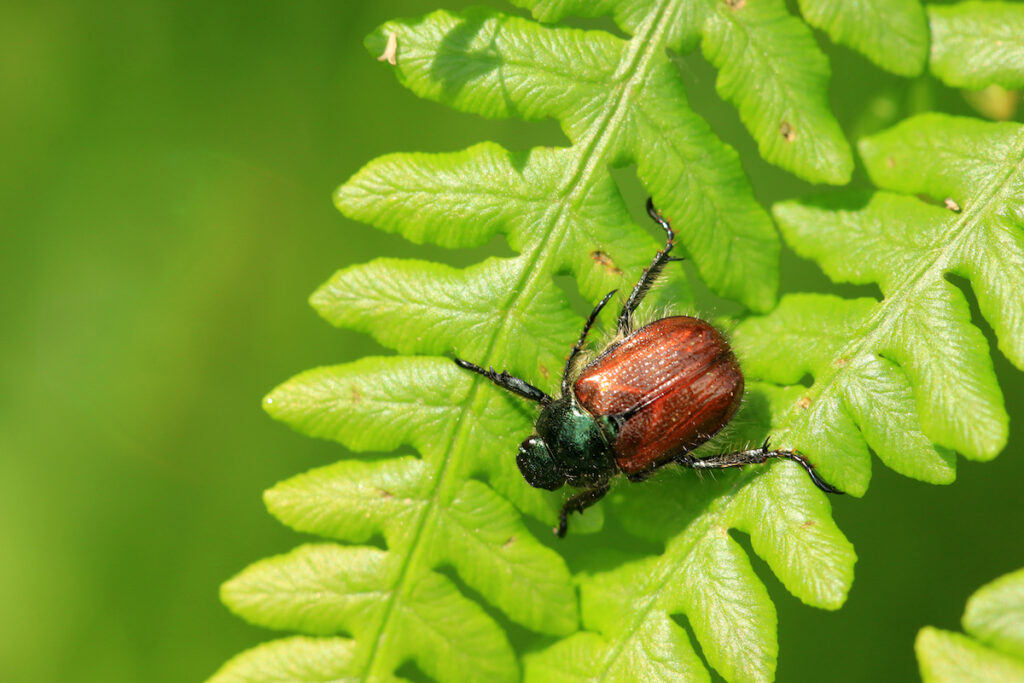
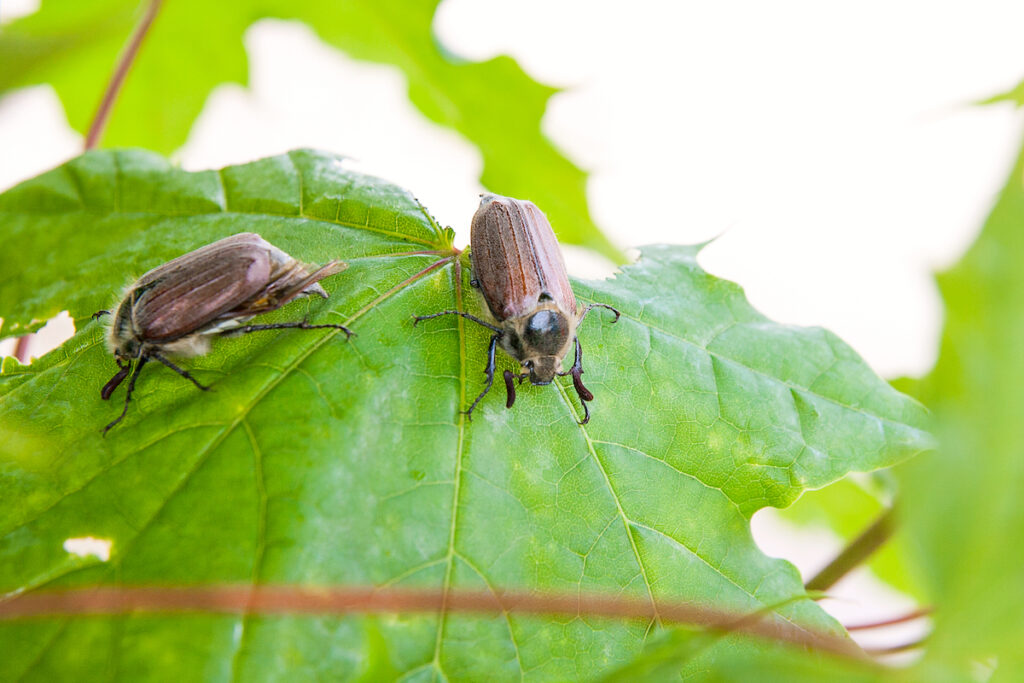
How do you recognise chafer grubs?
Chafer grubs are pretty easy to spot due to their distinctive appearance.
A chafer grub is yellow-white, with a distinctive C-shaped body. They’re usually around the size of a 20p piece.
The head is brownish-orange, and its skin resembles that of a caterpillar. The larvae of the Rose chafer, for example, is around 1.5 cm in length, while the standard chafer grub is about 4-5 cm.
And the most distinctive part of the chafer grub is its six jointed legs, sprouting from its thorax.
Regardless of the species of chafer grub, the damage to your lawn is pretty universal.
The life cycle of the chafer grub in your lawn
The adult stage
Before we go into how to fight the grub infestation of your lawn, it’s helpful to know a bit more about the critter.
European chafers have a 1-year life cycle, although some larger species of larvae can live in the soil for up to three years before they emerge as adults.
Adult chafer beetles emerge during the spring when the weather has warmed up, and there’s plenty of new vegetation to feed on. The adult cycle of the beetle is relatively short, lasting just around 1 or 2 weeks.
Once they’ve emerged from underground, they spend their short lives mating in enormous swarms (kinky) around shrubs and low-hanging trees. They’re most active during warm, clear nights (when the mercury hits 19ºC and above). You’re most likely to see them from around 8.30 pm (specific!), and they retreat into the soil at daybreak.
This mating ritual can happen several times during their short adult lives. You’re likely to find chafer carcasses littering the ground underneath trees at the end of the mating season, but not before the female chafer has laid her eggs.
Each female lays between twenty and forty eggs, laid singly in the same way you might plant your veg seeds – 5-10 cm deep into the soil.
The larval stage of the chafer grub
The chafer eggs hatch into their grub (or larval) form within two weeks of being buried, and the grub hatches towards the end of July. This is when you’re likely to see the first signs of lawn damage while they eat away at the roots of your grass greedily.
In the worst cases, the damage is so severe that the root-soil begins to separate from the earth like strips of turf.
Chafer grubs can usually survive British winters and will eat throughout the season if it’s frost-free. If the temperature drops significantly and the soil freezes, they burrow deeper into the ground for hibernation and their pupation stage.
As the grubs eat through your grass’s roots, the leaves start to die off as they can no longer draw moisture from the soil, leaving distinctive circular yellow spots on your lawn.
But it’s not just the grubs that contribute to the damage!

Other pests attracted by chafer grubs
In large numbers, chafer grubs are a significant pest for your lawn. But the damage isn’t just down to the grubs themselves – as mentioned previously, grubs are irresistible morsels for other wildlife.
Birds (particularly crows, tits, and starlings) can’t get enough chafer grubs. But it’s not just birds: foxes LOVE the grubs, and they’ll dig up your soil in search of the little critters.
A chafer grub infestation can lead to the rapid devastation of a once beautiful lawn.
Make sure that you have chafer grubs before you do anything
If you’ve spotted birds and bald spots, then you’re likely to have an infestation.
The best way to know for sure (and one way to get rid of them) is this method:
- Just before sunset, pour water around the yellow patches in your grass.
- Cover the watered spots with black plastic. A thick bin liner should work, but you’ll need to pin it down to stop it drifting in the breeze.
- Wait till morning.
- Uncover the grass, and your chafer bugs will be in full sight.
- Pick them off the lawn and place them in a container.
- Leave the container out for the birds!
Can you prevent chafer grubs in your lawn?
Grubs and other pests are common in gardens that lack biodiversity. So, if you’re looking to prevent grubs in your garden, plant intensely fragrant plants and herbs in your garden, like lemongrass and garlic.
Grubs don’t like the smell of garlic (you might say the same about Uncle Pete). Grubs will avoid anywhere close to strong, fragrant plants.
Another preventative measure is to maintain your lawn, feeding it with plenty of fertiliser and water. Scarifying is the process of killing and removing the moss and weeds that choke your lawn, and it will also prevent beetle larvae from settling.
Bear in mind that there’s little benefit in attempting to treat your grass until the source of the problem is eradicated. If you sow new seed, you’re just giving the grubs a fresh source of food.
Tip: Plant strongly scented plants in your garden to prevent grubs. Grubs hate the smell and will move on.
Biological control of chafer grubs with insecticidal nematodes
You have to consider the ecosystem when you decide to eradicate grubs from your lawn. Remember: grubs are a protein-rich food source for local wildlife, so if you lay down poison to kill the grubs, your garden is going to resemble a morgue of local wildlife quickly.
Nasty.
Chemical solutions for killing grubs are illegal for consumer use in the UK. You may be able to hire a bug killer who will be licenced to use chemicals to treat the problem, but consider the food chain before you go down that road.
Luckily, there is a natural solution: nematodes are natural chafer grub killers.
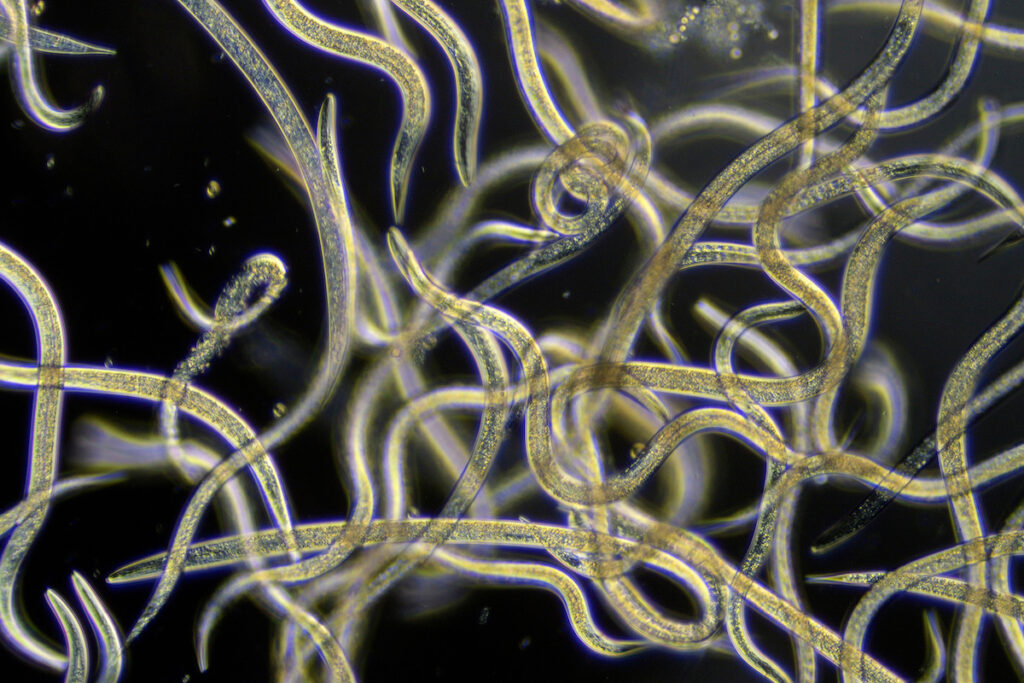
Nematodes are microscopic organisms and are a natural enemy of many insects and their larvae. These little critters are widely available online or in garden centres.
Once they find their prey, the nematodes invade it and use it as a food source. You’ll find that nematodes are highly effective, and they’ll eradicate the problem within a few days.
In short: let nature fight nature.
How do I use nematodes?
First, make sure that you keep the soil moist for at least two weeks before treating it with nematodes. If the grubs are large, then keep the soil moist for 4 to 6 weeks.
Nematodes will not survive in dry soil, so give them a hospitable home, and they’ll return the favour by eating their way through your chafer grub population.
If you want to remain ecologically friendly, the only chafer grub killers in your garden should be nematodes.
When is the best time to fight chafer grubs?
Chafer grubs are most active (and hungry) between May and August (and they’ll do plenty of damage during that window!).
It’s better to catch them early, while they’re still small. The larger the chafer grubs (over 2 cm in length), the harder it is to catch them.
The soil between May and August is warm – it needs to be at least 10°C to fight the grubs.
| Species | When to fight | Important details |
| Roser Beetle | July-September | – |
| Chafer Beetle | July-October | – |
| Rainbow Leaf Beetle | August-April, September | – |
| Rust Brown Leafhopper Beetles | April-October | Soil temperature must be at least 10ºC |
Repairing bare spots in your lawn
Once you’ve eradicated the chafer grubs from your lawn, you can start dreaming of beautiful, green and lush grass once again.
Depending on the extent of the damage, you might consider either overseeding (sprinkling seed over existing lawn) or scarifying, then laying seed on bare earth.
Lawn seed germinates in soil over 10ºC, so wait until the earth has reached that temperature. Remember, air temperature and soil temperature are different. Check out our article, The Ulitmate Guide to Sowing Grass Seed, for everything you’ll ever need to know about re-sowing your lawn.
Don’t confuse chafer grubs with leatherjackets!
Chafer grubs aren’t the only critter that can damage your grass plants. Leatherjackets are the larvae of craneflies (commonly known as Daddylonglegs (or Ginny Spinners if you’re from Cumbria).
There is a difference – find out everything about combatting leatherjackets in our article here.
Get started or ask for more information?
Hopefully, you feel a little better informed about identifying and tackling chafer grub infections, but if you have any further questions, we’d be delighted to help.
If you have questions – whether it’s about this article or anything else to do with creating a picture-perfect lawn, get in touch.
Email us at hello@moowy.shop.
We’re looking forward to helping you!
Thanks for reading!
Leave a comment
Your answer will be displayed on the site and the interested party will be notified by email.
Leave a comment
Have a question or want to share your experience? Leave us a comment.
Read more
The best tips and tricks for a lush green lawn
 Scarifying Kit
All products after scarifying | Quickly restores the lawn after scarifying | Outsmart weeds quickly with the use of this kit
From: € 39.99
Scarifying Kit
All products after scarifying | Quickly restores the lawn after scarifying | Outsmart weeds quickly with the use of this kit
From: € 39.99
 Spring Lawn Care Kit
MOOWY’s choice for the spring | Quick recovery of your lawn after winter | A strong lawn prevents weeds
From: € 25.99
Spring Lawn Care Kit
MOOWY’s choice for the spring | Quick recovery of your lawn after winter | A strong lawn prevents weeds
From: € 25.99
 Long Lasting Lawn Fertiliser
Effective for 90 days | See results in 14 days! | Suitable for all types of grass and soil
From: € 13.99
Long Lasting Lawn Fertiliser
Effective for 90 days | See results in 14 days! | Suitable for all types of grass and soil
From: € 13.99
Do you want a lawn calendar?
🌱 All important maintenance moments for your lawn during the year. Leave your email and we will send you the lawn calendar for free.
Enter your email
Receive the lawn calendar in the mail
Enjoy a green lawn all year round!




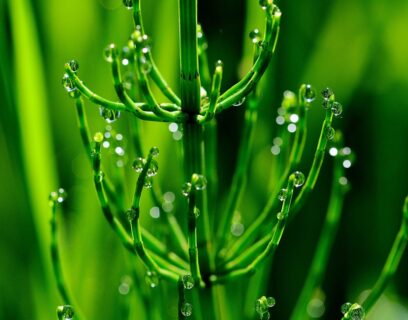

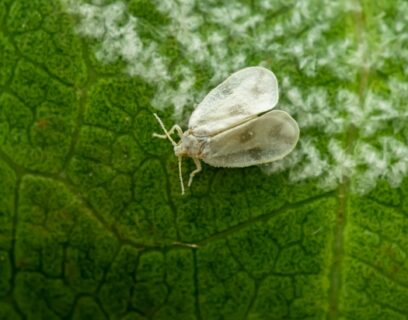





Comments (0)
There are no comments yet. Well then, what are you waiting for to
Be the first to write your comment!inaugurate this pretty page?
Do you have some comments?